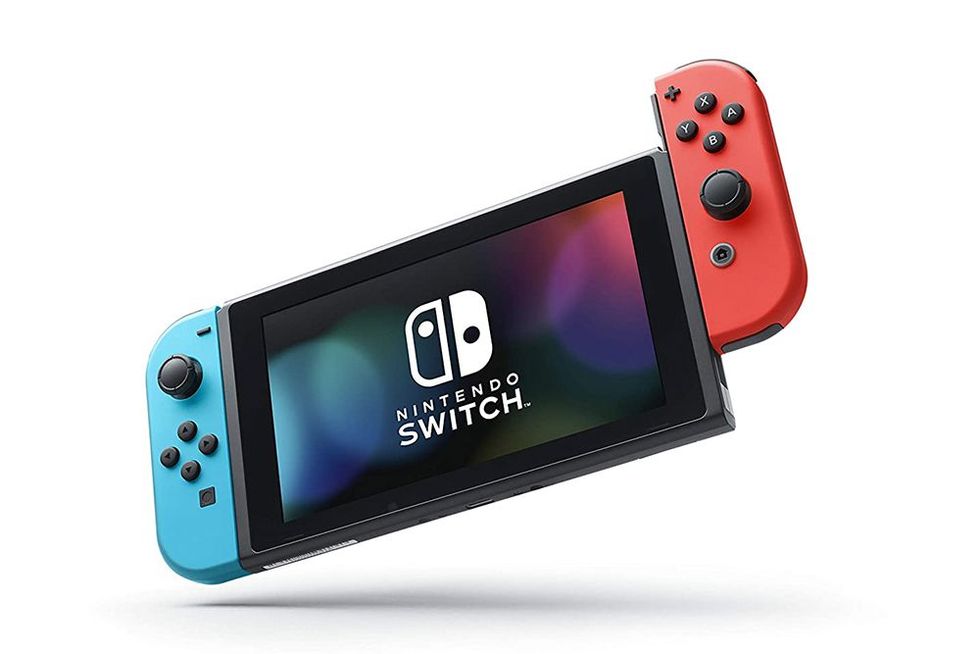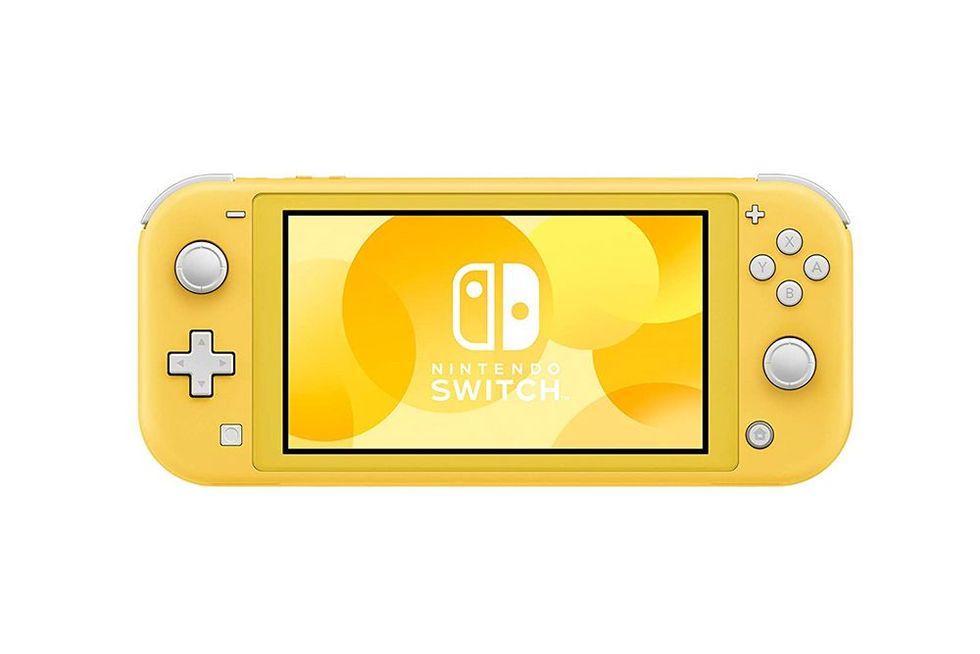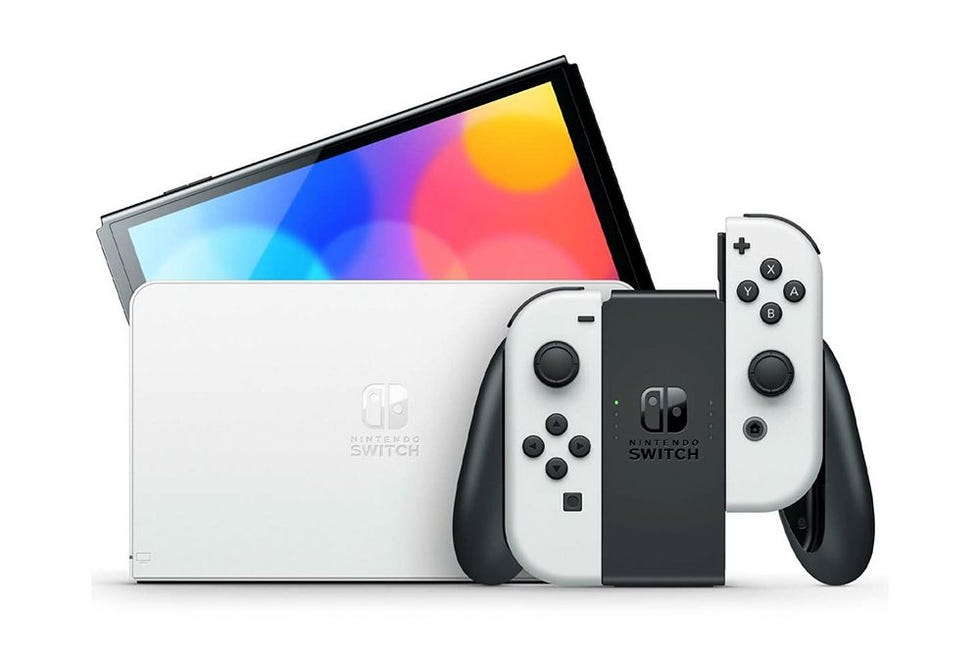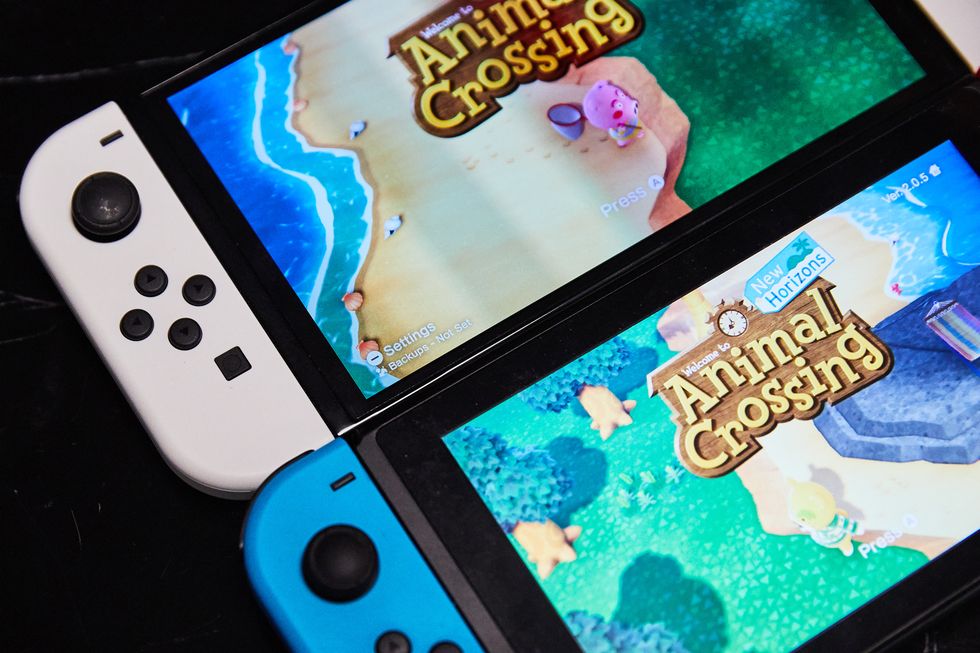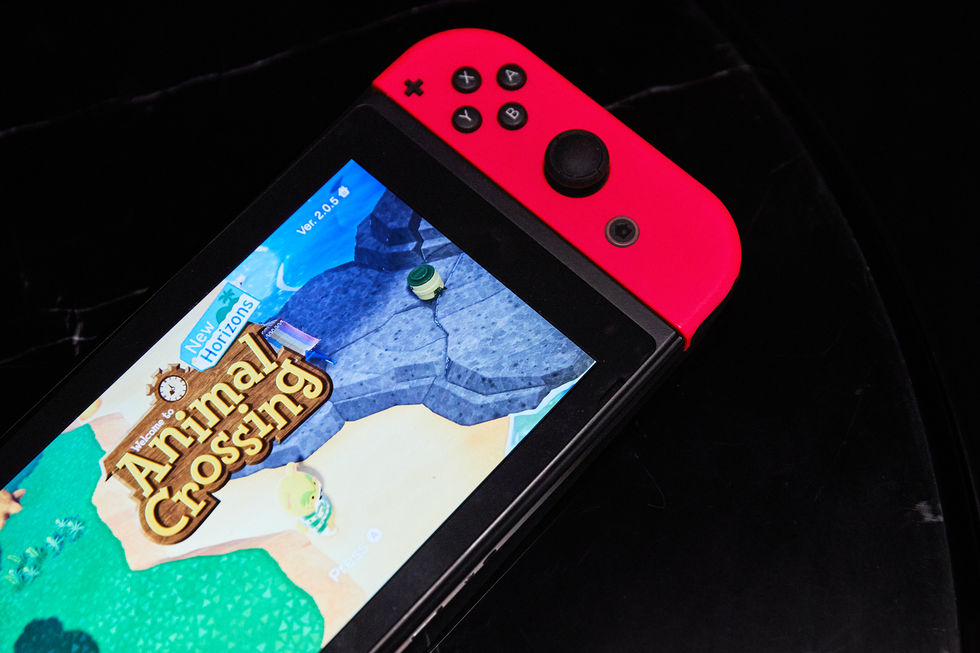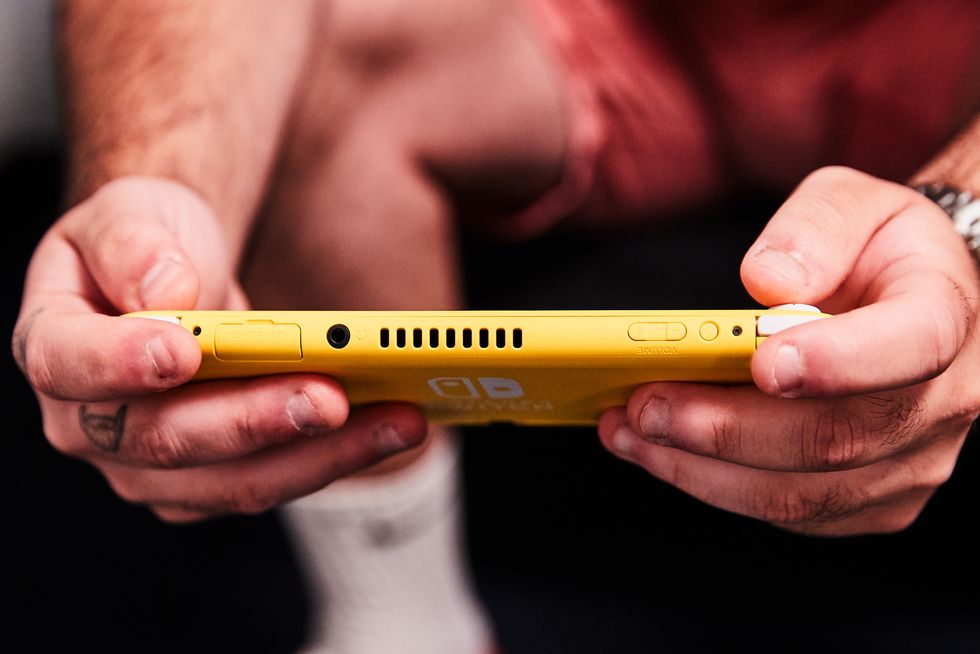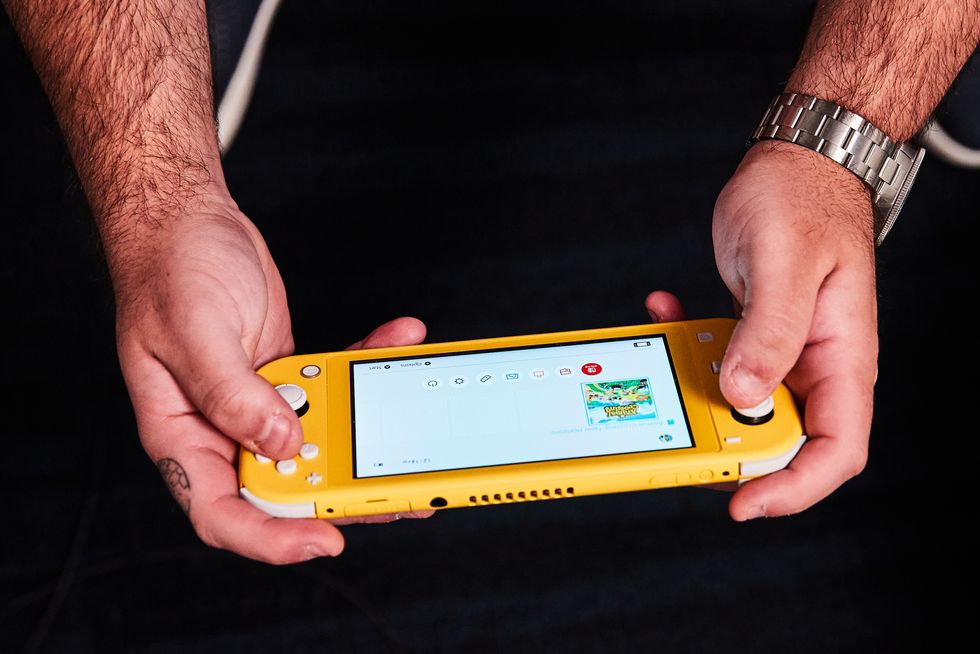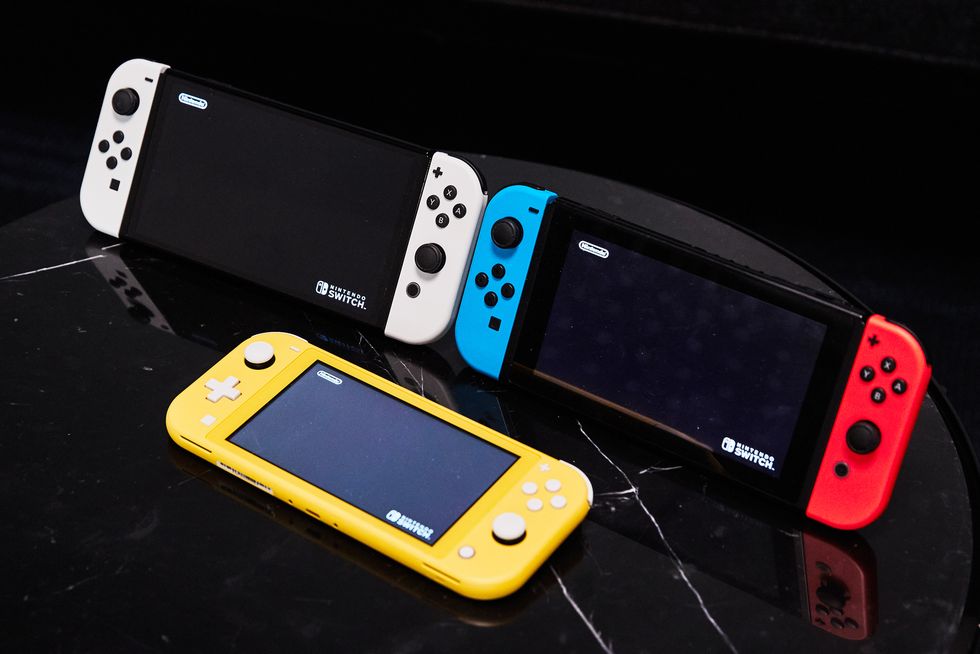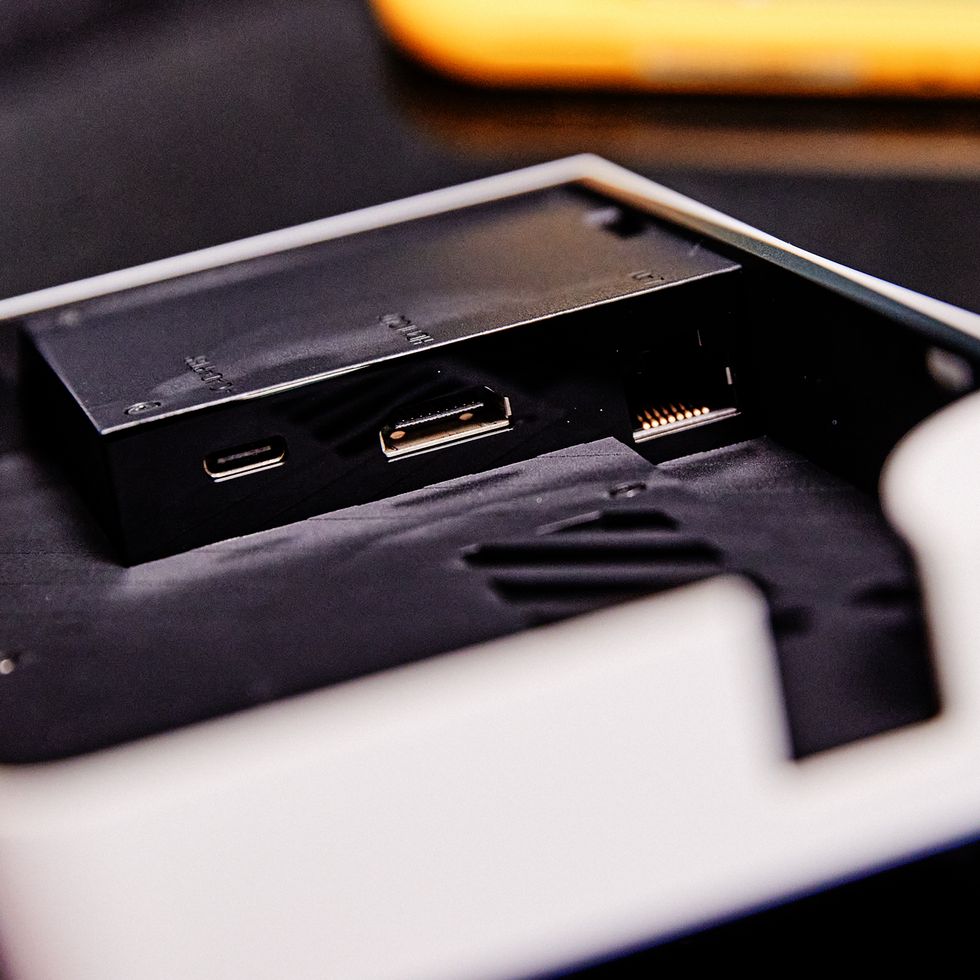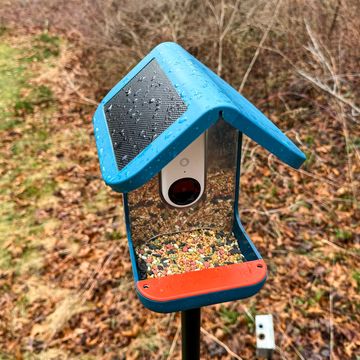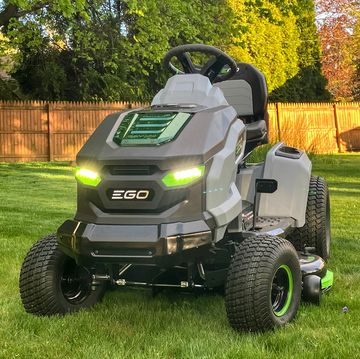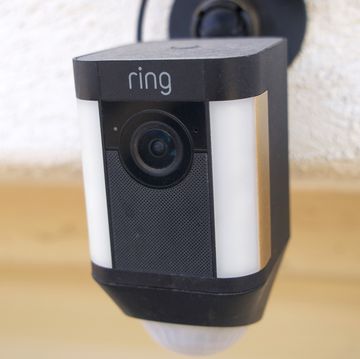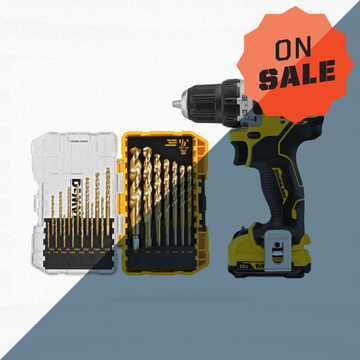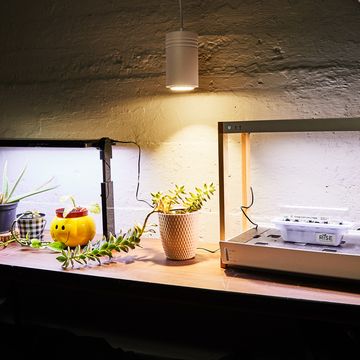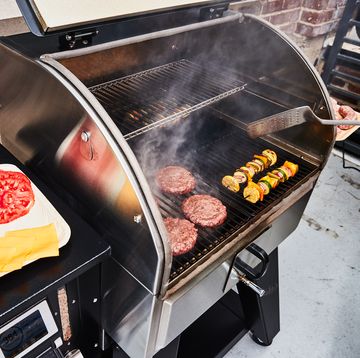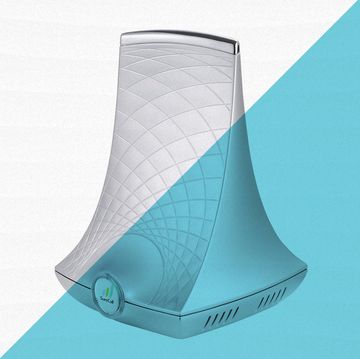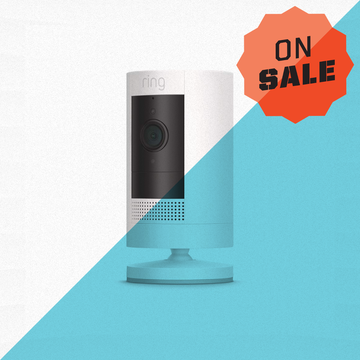The Nintendo Switch is a 2-in-1 video game system that “switches” between a home console played on a TV and a portable gaming handheld unit. At its core, the Switch is a standalone tablet with a touchscreen display ideal for watching YouTube or playing a casual game. Sliding the two included Joy-Con controllers onto the right and left sides of this screen provides analog sticks, buttons, and triggers—converting the tablet into a portable game system with console-like controls. It has enough power to play some of the most popular open-world video games from Skyrim to The Witcher 3 on the go. While you’re home, the Switch clicks into its included docking station so that you can play your games on the big screen of your TV while charging up the system and its connected controllers.
Nintendo Switch Versatility Comes At A Cost
The Switch shakes up the traditional gaming landscape by removing the barrier between home and portable gaming systems. In the past, you would have to shell out for a home game console like the Nintendo Wii and a separate, lower-powered portable console like the Nintendo DS. Games on handhelds did not look or play the same as their home console counterparts. While you could trade items between certain games, your progress did not carry over.
With the all-in-one design of the Nintendo Switch, you can start a game at home, remove the console from its dock, and continue the same experience on the go. And all of the headway you make while you’re out picks up right where you left off on your TV when you return home. That applies to not only some of the most popular third-party games but also Nintendo’s exclusives like Mario Kart 8 Deluxe and Pokemon. Switching between configurations is seamless—you have the power to choose when and where you play your games.
However, this versatility leaves the system relatively underpowered. If you care about playing the latest titles at the highest graphical fidelity or frame rates, the Switch falls behind. While other video game consoles such as the Xbox Series X and PlayStation 5 target a 4K resolution at 60 frames per second video quality, the Switch is stuck at 1080p at 60 fps on a TV and just 720p at 30 fps in handheld mode. Despite the Switch’s toned-down graphics, its game prices trend toward more expensive. Often referred to as the "Switch Tax," these higher prices correlate to purchasing a game that runs on the TV and on the go.
How We Tested
We called in and evaluated all three current Nintendo Switch systems to compare them side-by-side in our labs. Nintendo’s Switch lineup has evolved into three models: the standard Switch, Switch Lite (handheld mode only), and the new Switch OLED. Each model offers the same level of performance, sharing the same game library and interface. We looked at areas like dock connectivity, screen performance, and battery life. We benchmarked battery life by fully charging each system, then playing Animal Crossing: New Horizons at 50 percent brightness in handheld mode until the system died. We repeated this three times to get an average runtime for each Switch.
The original Nintendo Switch is the most well-rounded model in the lineup. It offers a seamless dock-and-go experience, snappy user interface, and even includes a tiny kickstand for propping it up on a surface for multiplayer gaming on the go. At $299 it sits comfortably in the middle of the budget-oriented Switch Lite ($199) and top-of-the-line Switch OLED ($349) while retaining nearly all of the features of the pricier flagship. In fact, if you plan to use your Switch primarily connected to the TV, then this offers the same experience while giving you an extra USB port for charging accessories.
If you plan to spend a lot of time on the go, you will find the 6.2-inch LCD display the weakest in the pool. The 720p visuals look sharp on the small screen but the chunky 0.5-inch side and 0.25-inch top bezels are much more prominent than on the massive-looking OLED and smaller 0.1-inch bezels of the Lite. The dimmer backlight and more washed-out colors are worth mentioning if you’re someone who prefers playing on a screen with the boldest colors. As you can see in the Animal Crossing shots below, the greens in the grass and the blues in the ocean fall flat, and the logo just doesn’t pop as hard on the base Switch versus the Switch OLED directly above it.
Likely, you won’t notice this deficit if you aren’t putting it alongside an OLED phone or Switch OLED, and it’s hard to justify spending more on an OLED edition if you plan to spend less than half your time in portable mode. This slightly dimmer screen retains an impressive battery life of 4.5 hours—placing it a full hour ahead of the portable-only Switch Lite and just a half hour below the runtimes put up by the OLED in our tests. And while docked to a TV, there is no graphical difference from its pricier big brother. In fact, we preferred this base over the OLED models because its dark colors better fight off dust and fingerprints while providing an extra USB port which gives you more room for charging accessories like controllers and headphones.
Overall, the regular Nintendo Switch is a strong console that blends the best of both a home system and a handheld in a lightweight format. Now if you prefer to play competitive online games like Super Smash Bros. using a wired ethernet connection, then the Switch OLED comes with that connector built into the docking station. Purchasing that adapter for your base Switch is an extra $30—and at that point, you might as well just get the Switch OLED for the better screen and improved battery life in handheld mode.
The Switch Lite is half the console of a standard Switch. We mean that quite literally as it is unable to output a video signal to a TV and can only be used as a handheld. On the flip side, its 8-inch body is more pocketable, the $199 price tag is much more affordable, and its smaller screen has thinner bezels for improved immersion. While the smaller Joy-Cons are built directly into the system and there’s no kickstand for table play, this trims the fat for an improved single-player experience on the move. If you’re either an existing Switch owner looking for a more lightweight secondary system or if you solely want a portable gaming console, the Switch Lite makes sense.
In our testing, the Lite beat out both other models in comfort, fitting best in a variety of hand types. We found that the smaller body and controllers of the system were much easier to use over extended play sessions. You’ll spend less time extending your thumbs and fumbling fingers around the back of the console, and grip with less force since it's much easier to hold. The intertwined screen and controllers come in a wider variety of colors and designs than the other Switches. Illustrations on special editions of the Switch Lite wrap around the Joy-Con handles into the body and the boldly contrasting colors of the standard Switch Lite stand out from the lineup.
The smaller 5.5-inch LCD screen keeps up with the standard Switch above thanks to the much thinner 0.1-inch bezels making the most out of the space. You will have to tradeoff battery life if you prefer the Lite’s more pocketable body. It dies in 3.5 hours on average—the lowest in the pool. But that’s plenty for binging through even the longest of games. We preferred the Lite for knocking out side quests in Breath of the Wild and collecting Pokemon from bed, the passenger seat of a car, and even the office. The console works well in bright areas and offers unmatched comfort. But if you want the best display and battery life on a handheld, then the Switch OLED below offers richer colors while retaining compatibility with a TV.
Nintendo’s Switch OLED is the newest addition and flagship of the lineup. It offers everything the base Nintendo Switch does in addition to longer battery life, better ergonomics, and a larger, vivid OLED display that provides the best-looking screen on a handheld. If you’ve never owned a Switch, this is worth the extra dough, but the colors and slightly longer battery life may not be as appealing to those already in the ecosystem.
At 7 inches, the screen is the biggest in the lineup, with paper-thin bezels so it ends up looking much larger than either display of the models above. Unlike LCD displays, the OLED panel in this model turns off each individual pixel for true blacks, creating greater contrast and more vibrant colors. You can see what I’m talking about in the pictures below; the screen is completely black while the Lite and base models have a grey backlight. Compared to the Switch and Switch Lite, this widens the color range and increases brightness levels for much sharper visuals in handheld mode.
Like the original Switch, the OLED is a bit weighty at 0.95 pounds, which becomes noticeable in extended handheld play sessions. It’s not a big step up from the base Switch’s 0.88 pounds but more weight on a handheld is not ideal. But with great weight comes great gains in quality of life improvements throughout the design. The most notable is the improved battery that lasts well over five hours on a charge. Its larger speakers also produce more robust sound. Whether it's the strings of background music or character dialogue, everything sounds crisper. You can download more games before running out of memory thanks to the bumped-up onboard storage capacity, which is double—64GB to 32GB—what's found on the Switch and Switch Lite. Lastly, the kickstand spans the full body and is made of metal for strong support.
If you want the best visual handheld experience that can dock with a TV, the Switch OLED can’t be topped. Despite releasing just last year, the internal components are largely the same as those of the original Switch. The upgrades are appreciated but don’t purchase the Switch OLED thinking it will produce higher resolution visuals or frame rates.
Hunter Fenollol, our resident expert of all things consumer tech, from smart home to VR gaming headsets, has years of knowledge creating product explainers, in-depth reviews, and buying guides to help you get the most from the latest electronics. Throughout college, he covered and reviewed the latest gadget releases for sites like Tom’s Guide, Laptop Magazine, and CNN Underscored. If he’s not elbow-deep in the latest hardware, you can find Hunter at one of Long Island’s many beaches, in Manhattan, or gambling away his paycheck.

